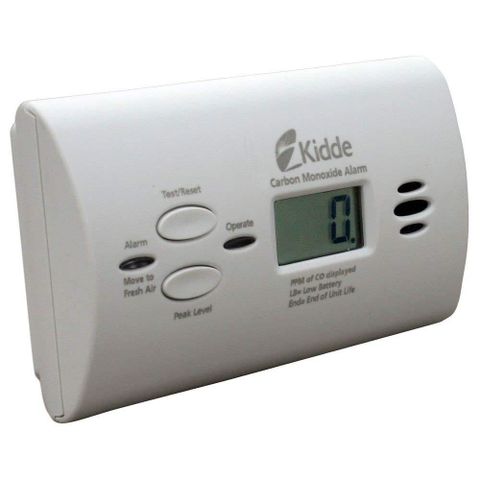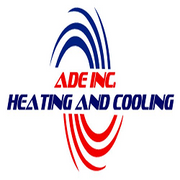How to Detect the Silent Danger in Your Home!? Click here to read more....

Silent and invisible, accidental carbon monoxide (CO) poisoning claims the lives of more than 400 Americans every year. The Centers for Disease Control and Prevention says the common gas is also responsible for 4,000 hospitalizations and 20,000 emergency room visits.
Carbon monoxide is created when fuel from household items such as space heaters, fireplaces, stoves, and furnaces is not burned completely. Often overlooked as signs of the flu, symptoms of CO poisoning include fatigue, nausea, headaches, and dizziness. Even small concentrations of CO exposure can lead to devastating outcomes.
To protect your family from CO poisoning, make sure you have a CO detector installed in your home.
What does a CO detector do?
Similar to a smoke detector, a CO detector alerts you when CO is present in your home. In fact, some smoke detectors have a CO sensor already built in. Most CO detectors use an audible voice alert or intermittent beeping that won’t shut off until CO leaves the area.
If you’re looking to purchase a CO detector, there are plenty of affordable options available. Most models vary from $15 to $150 per unit, depending on the specific features, including detection sensitivity, Wi-Fi compatibility, and dual smoke detection.
Where should they be located?
First, place a CO detector near all sleeping areas. After these areas are covered, place several devices within 5-20 feet of furnaces, water heaters and fireplaces to ensure optimum detection. Avoid locations near windows and exterior doors, as they may dilute the CO, preventing the detector from activating.
How you can prevent exposure:
- Be knowledgeable: If your CO alarm goes off, evacuate the area, check for signs of poisoning and call 911.
- Be diligent: Inspect your CO detector regularly to ensure it’s working properly. Choose a battery-operated or battery-backed detector in case of power failures.
- Be proactive: Make sure your furnace, chimney, and fireplace are all inspected annually. Do not run stoves, grills, generators or cars in confined or closed spaces. This includes running your car even with the garage door open, as the CO can still build up to harmful levels.
For additional information on carbon monoxide and how to prevent exposure, please contact your local fire department or building code enforcement department.
ADE Heating and Cooling Inc.
609-693-6050
NJ Master HVACR Lic # 19HC00400200
NJ Master HVACR Lic # 19HC00136200
NJ Master Plumbing Lic # 36B100668500
About the Business
Have a question? Ask the experts!
Send your question

